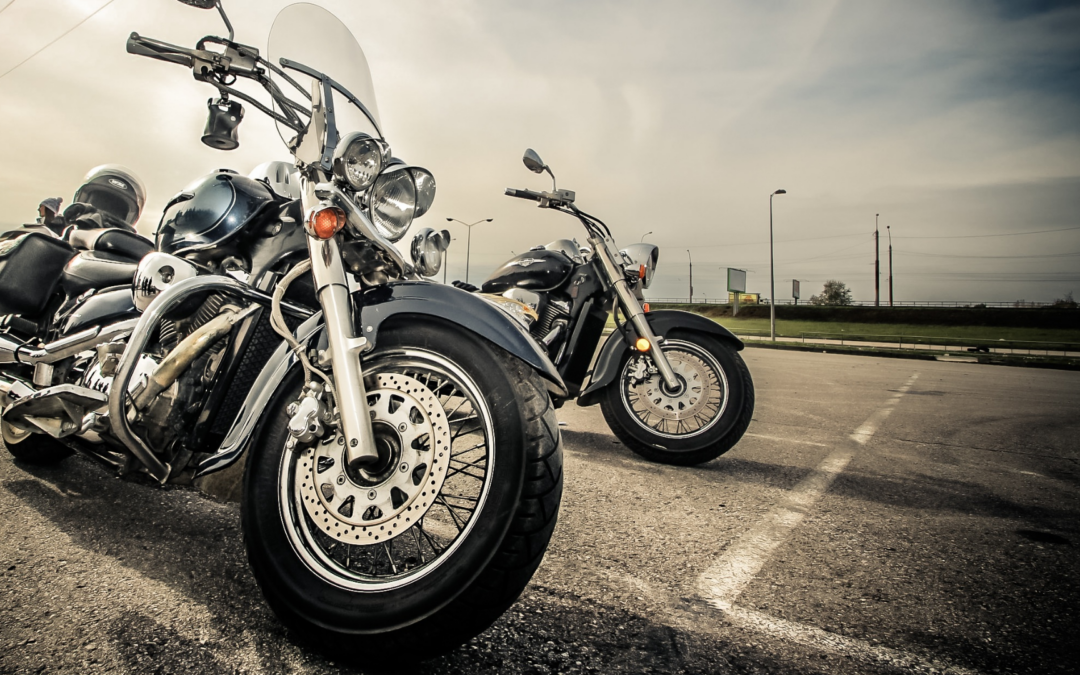As winter snow starts to melt and icy roadways clear up under sunny spring skies, navigating streets and highways is a much more pleasurable and safer experience. It’s also the time when motorcycle owners begin to plan their first ride of the season.
But before putting on your helmet and zipping off for an exhilarating ride, you should take time for a thorough inspection of your bike. A lot can happen with your motorcycle during the time it was stored. An annual top-to-bottom motorcycle inspection, from tires to spark plugs and fluid levels, ensures you get the best and safest performance from your bike.
“Just like warming up your body with stretching exercises before exerting yourself, checking and prepping your motorcycle before every ride is wise to prevent any mishaps.” says Peter terHorst, spokesman for the American Motorcycle Association.
Peter Horst recommends a checklist, the Motorcycle Safety Foundation’s T-CLOCS Pre-ride Inspection Checklist, that provides a comprehensive list of motorcycle parts, what to check and specific conditions to look for € from engine and body basics to often overlooked details.
1. Check the fuel system
One of the most important areas of a motorcycle to check after winter is the fuel system. The gas still remaining in your tank can change its chemical makeup over time with parts of the mixture evaporating, turning what was once fuel for your machine into a brown muck, like the varnish sold in paint and hardware stores. If not remedied, this varnish can clog the jets inside a carburetor and lead to poor performance, difficulty starting or not starting at all.
Clean the carburetor and drain the tank
Experts recommend that you clean the carburetor and pour out any remaining gas. Use a liquid carburetor cleaner to clear out any varnish residue, or unscrew the jets for an even deeper cleaning. Of course, adding fuel stabilizer and running the engine for a few minutes before storing the bike for winter will help prevent this issue.
Condensation can also form inside a gas tank during the winter, especially if the fuel level is low. In that instance, it’s a good idea to drain the tank and fill it with fresh gas.
2. Test ignition coils
While there are different types of motorcycles, with different engine size and age, most variations in maintenance are related to the type of electrical or mechanical features of the machine. “An electronic ignition is virtually maintenance free,” terHorst says, “while older motorcycles with electrical systems [points, condensers] will need to be checked.”
3. Check the chain or belt drive
Another area of the motorcycle that can vary is the drive type. “Bikes with chain drive require more maintenance than machines with belt or shaft drive,” terHorst says. Chains should be oiled before running, and you should check for proper tension of belts or chains. He adds that, in general, “machines stored indoors will require less maintenance than those exposed to the elements.”
4. Test the battery
After a motorcycle has sat idly for several months in the cold, there’s a chance the battery may have died. Check the individual battery cells and add distilled water if needed, and then charge the battery with an external charger. A battery hydrometer will tell you when it’s ready for use.
5. Check the tires and brakes
Besides checking the air pressure in your tires, you should look them over for wear, tread depth, weathering or other conditions that warrant investing in a new pair. Test each brake individually to ensure that it prevents your bike from rolling, and check brake pads and discs for wear. You can also check the brake fluid and refill if needed. This may also be a good time to change your bike’s air filter.
Of course, the weather can be unpredictable, and what seemed to be the start of spring one day can turn back into a wintery wonderland the next. Still, the urge to get back on your motorcycle after a long layover can be strong, no matter the dangers. “Riders must assess the limits of their machines, the riding environment and themselves before every ride,” terHorst says. “While there are some motorcyclists capable of riding in challenging conditions such as cold, snow and even ice, acquiring the skill to do so takes many hours of practice and years of experience to stay sharp.”
While warm weather understandably makes bikers eager to get back on the road, taking the time to restore your bike to full riding health is a wise measure for safe and high-performance riding.
In addition to the proper motorcycle maintenance, having the right motorcycle insurance to protect your bike on the road is critical. Learn about the different types of motorcycle coverage.

